
Rosacea causes flushing on the face and can also lead to small red bumps appearing. Usually, rosacea is mild but can become aggravated and lead to a condition known as ‘telangiectasia’ - if rosacea worsens, the nose may become large and bumpy and the cheeks may puff out. In addition to this, conjunctivitis might be a side-effect of rosacea. Conjuncitivitis causes the eyes to become bloodshot, watery and irritated. Some sufferers may also experience a burning or itching sensation, however, in the majority of cases, this will not come to pass and there will be no such a sensation.
Treatment
There are some treatments for rosacea, but unlike acne never entirely disappears. In some cases, ointments and creams containing metronidazole and clindamycin might be used, while tetracycline, erythromycin and minocycline are employed to combat severe rosacea. Some herbs such as burdock and licorice also have benefits for rosacea treatment.
Another way to approach treatment for rosacea involves changing one’s lifestyle. The things that cause or worsen rosacea should be entirely cut out of one’s life, if possible. Avoid overexposure to the sun or chemicals, stop consuming alcohol, quit smoking and stay away from spicy food. Try to remain stress-free.
If other approaches fail, there are ways of fighting the outward effects of rosacea. Many people are unhappy with their appearance in the aftermath of the onset of rosacea and will look to do something to remedy this. In terms of cosmetics, avoid moisturisers, lotions etc that irritate the skin. Try to find cosmetics that are noncomedogenic. Some modern techniques have also emerged in recent years. These techniques use lasers, pulsed light and other surgical appliances to remove blood vessels. Cosmetic surgery can also be used to correct the disfigurement of the nose. Rosacea can be fought, but it requires good skincare, a healthy diet and a good overall lifestyle.



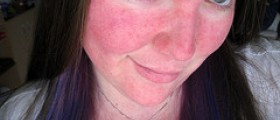
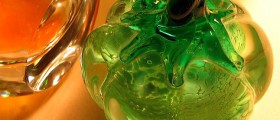


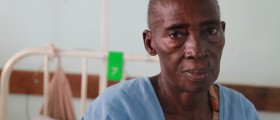
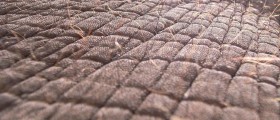

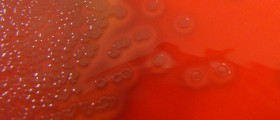



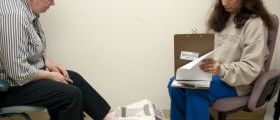


Your thoughts on this
Loading...